1. Pink Fairy Armadillo
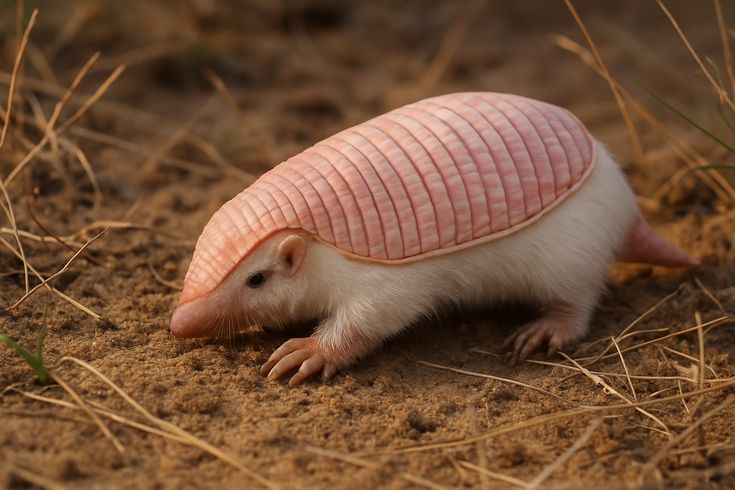
The pink fairy armadillo is one of the rarest and most secretive mammals in the world, native only to Argentina. About the size of a hamster and covered in a soft, bubblegum-pink shell, it looks almost too whimsical to be real. This little digger spends most of its life underground, using its strong claws and smooth armor to tunnel through sandy soils. Because it emerges so rarely and is extremely shy, even researchers have had trouble studying it. In fact, photos and sightings are so uncommon that many people have never seen one outside of a biology book. With its pastel coloring and tiny build, the pink fairy armadillo feels like a mythical pet dreamed up in a children’s story, yet it exists in the real world.
2. Glaucus atlanticus

The Glaucus atlanticus, better known as the Blue Dragon, looks like a creature straight out of fantasy art. This tiny sea slug drifts upside-down on the ocean’s surface, using its shimmering blue and silver body as camouflage against both sky and sea. Despite its delicate appearance, it feeds on venomous creatures like the Portuguese man o’ war and even stores their stingers for its own defense. Just a few centimeters long, it has a winged, dragon-like shape that makes it look more like a designer toy or digital rendering than a real animal. Because it’s so rarely seen outside its native waters in the Atlantic and Pacific, photos of this “living artwork” often go viral whenever they surface.
3. Maned Wolf
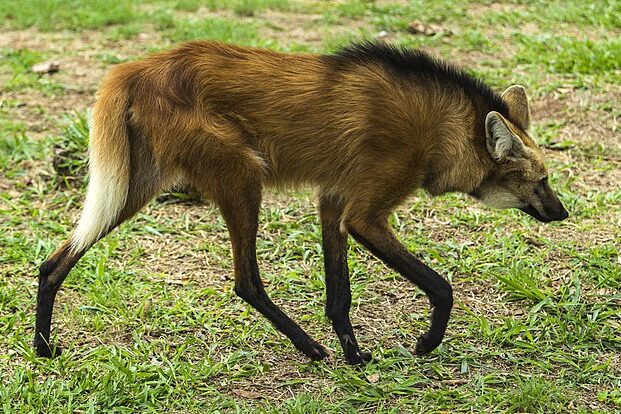
The maned wolf is South America’s tallest canid, instantly recognizable by its fox-like face and deer-like legs. Standing over three feet tall at the shoulder, it moves through the grasslands almost like a stilt-walker, giving it a ghostly presence in the wild. Despite its name, it’s not a wolf, fox, or dog, but rather a unique species all its own. Known for its haunting howl and unusual diet of fruits, small mammals, and even giant fruits like the wolf apple, it has a surprising quirk: its musk smells like buttered popcorn. This combination of elegance, mystery, and odd charm has made the maned wolf a favorite among wildlife enthusiasts, though it remains little known outside conservation circles.
4. Shoebill Stork
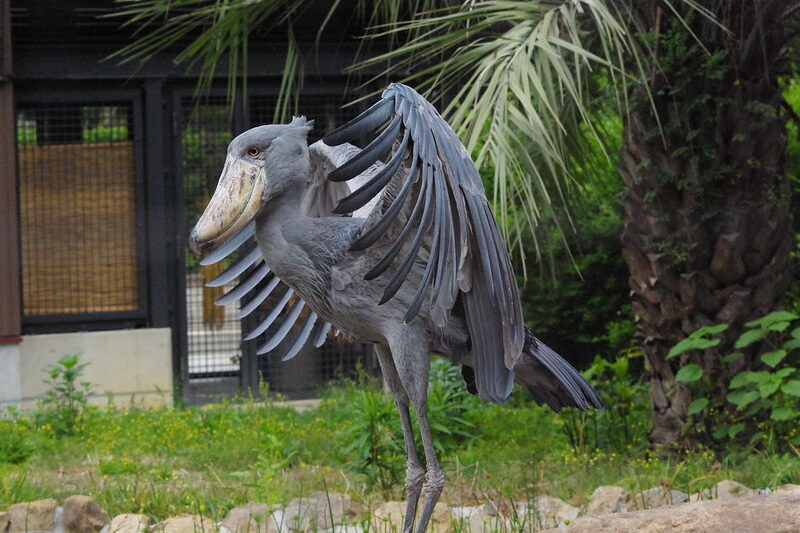
The shoebill stork is one of the most striking and intimidating birds on Earth. Standing up to five feet tall with a wingspan of more than eight feet, it looks almost prehistoric. Its massive, shoe-shaped beak can crush lungfish and even small crocodiles, but what unsettles many who see it is its behavior. Shoebills often stand completely motionless for long stretches, staring with a piercing gaze that feels more like a movie villain than a bird. Found in swampy regions of East and Central Africa, they move with an eerie grace, making them seem computer-generated to the untrained eye. With their dinosaur-like appearance and solemn demeanor, shoebills leave an unforgettable impression on anyone lucky enough to encounter them.
5. Aye-Aye
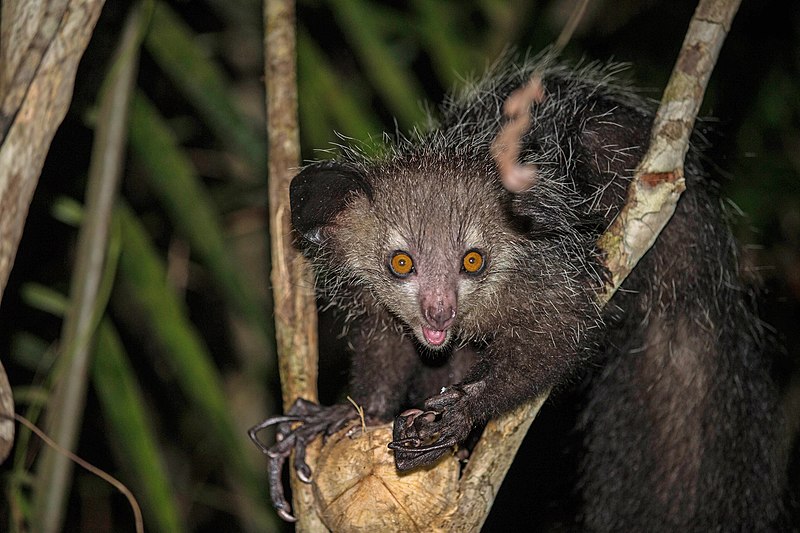
The aye-aye, native to Madagascar, might be one of the strangest primates alive today. This nocturnal lemur has oversized eyes, bat-like ears, and an unusually long, thin middle finger that it uses to tap on tree bark, listening for hollow spaces where insects hide. Once it detects movement, it slips its finger inside to hook out grubs, using a feeding method unlike any other primate. To those unfamiliar with it, the aye-aye can look unsettling, which is why some local legends once linked it to bad luck. In truth, it’s a fascinating example of evolution’s creativity, showing how animals can adapt in surprising ways. Although threatened by habitat loss and superstition, the aye-aye remains one of nature’s most curious and misunderstood creatures.
6.Yeti Crab
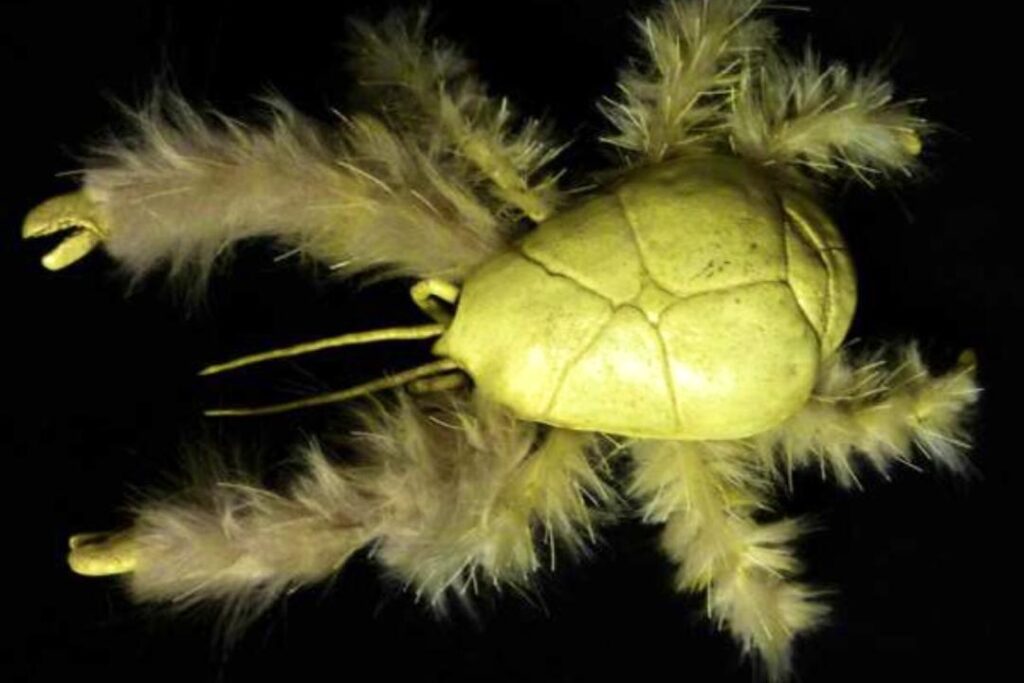
The yeti crab, discovered in the deep Pacific in 2005, is unlike any crustacean most people know. Its body is ghostly white, and its pincers are covered with silky, hair-like strands that earned it its mythical nickname. But the “fur” isn’t just for show, it’s thought to host bacteria that the crab actually farms for food, making it one of the ocean’s most unusual gardeners. Living in extreme conditions near hydrothermal vents, the yeti crab thrives in complete darkness where few other animals survive. Its strange, fuzzy appearance makes it look more like a creature dreamed up for a fantasy story than a deep-sea survivor, which is why every new photo of it quickly captures attention online.
7. Saiga Antelope

The saiga antelope is one of the most unusual-looking mammals on the planet, with a large, bulbous nose that seems almost cartoonish. Native to the vast steppes of Central Asia, its drooping snout isn’t just odd, it serves an important purpose. In summer, it filters out dust from dry plains, and in winter, it warms frigid air before it reaches the lungs. This remarkable adaptation helps the saiga survive in some of the harshest climates on Earth. Sadly, the species is critically endangered due to hunting and disease outbreaks, but conservation groups are working to bring its population back. With its almost alien features and fragile beauty, the saiga is a reminder of how evolution can produce creatures both practical and extraordinary.
8. Dumbo Octopus

The dumbo octopus, named after Disney’s famous elephant, has ear-like fins that give it a playful, cartoonish look as it glides through the deep sea. Living at depths of up to 13,000 feet, it’s one of the most elusive animals on Earth, rarely seen by humans except through deep-sea submersibles. Unlike many other octopus species, it doesn’t squirt ink, it doesn’t need to in the pitch-black world it inhabits. Instead, it floats gracefully, sometimes appearing almost translucent, like a balloon animal drifting through the dark ocean. Every rare video of a dumbo octopus sparks excitement online, as its gentle appearance feels more magical than real. It’s proof that even in the planet’s most unexplored places, nature continues to surprise us.
9. Gerenuk
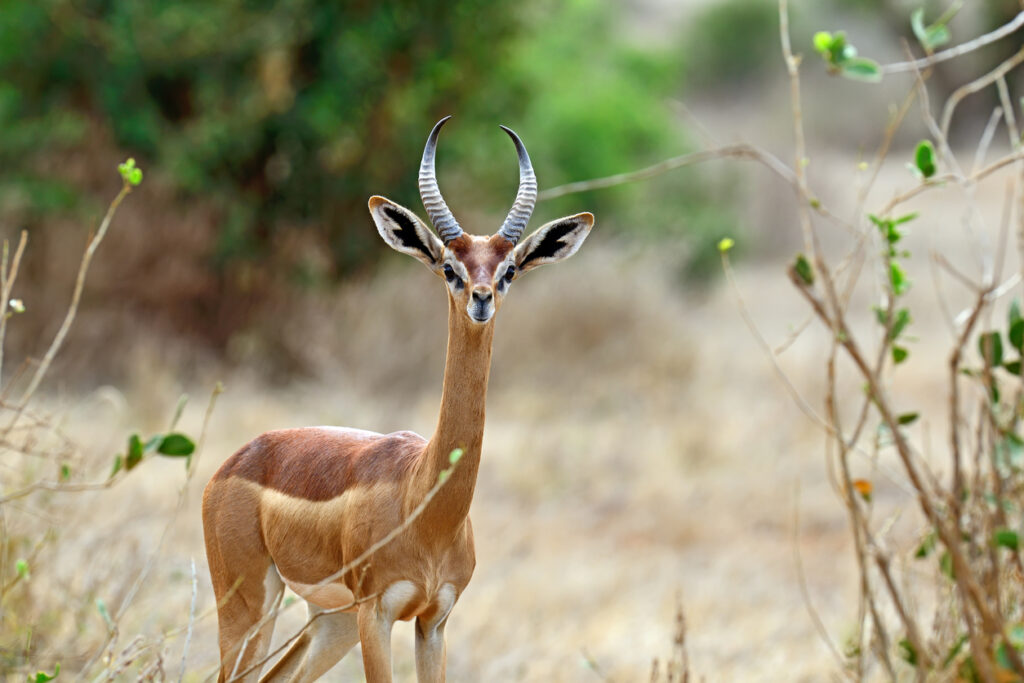
The gerenuk, also called the giraffe gazelle, is a slender antelope found in East Africa that immediately stands out thanks to its remarkably long neck. Unlike most antelopes, it often rears up on its hind legs to browse high branches, giving it a posture more like a kangaroo or deer than a gazelle. This adaptation lets it reach leaves and shoots that many other grazing animals can’t, helping it thrive in dry environments where food is scarce. Its elegant build, large eyes, and almost delicate stance make it look like it’s been digitally altered, yet it’s completely natural. The gerenuk’s unique behavior and appearance have fascinated wildlife watchers, even though many people outside Africa have never heard of it.
10. Thorny Devil
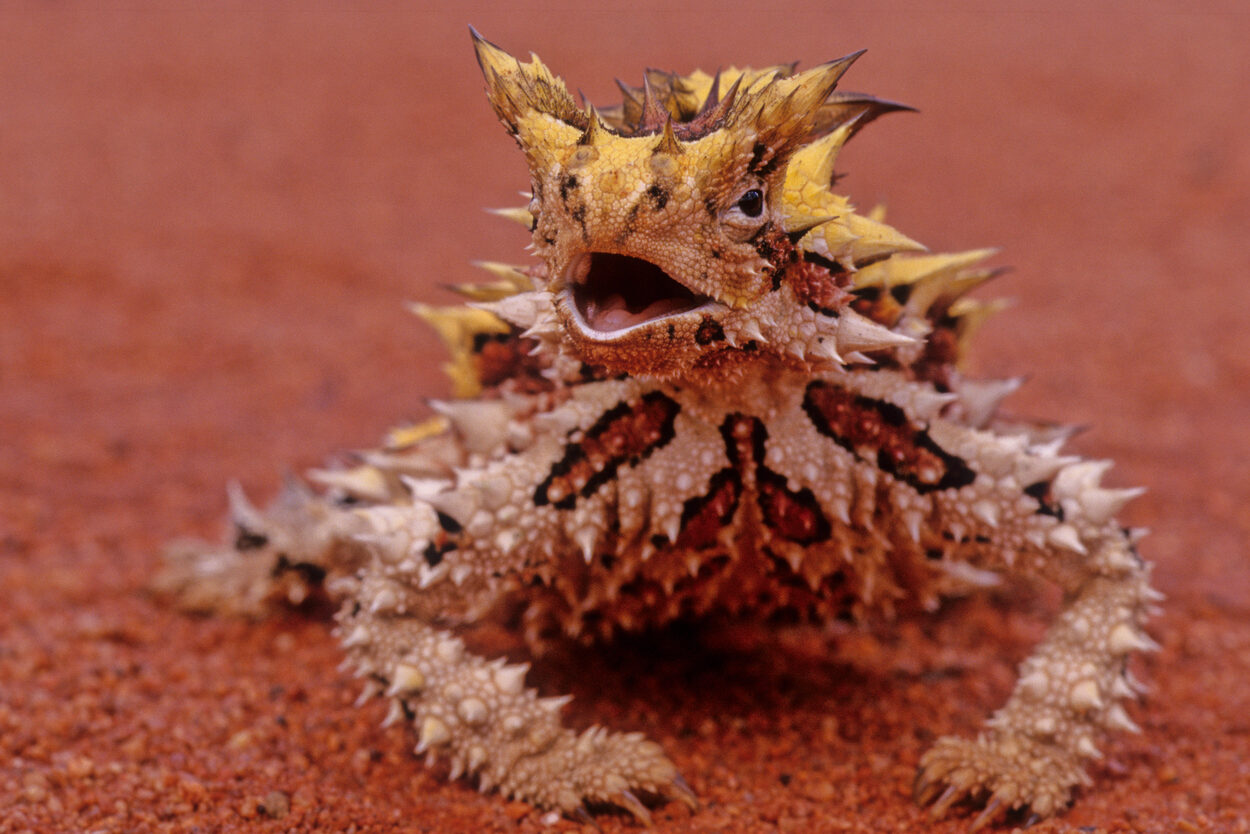
The thorny devil is a small lizard from Australia that looks like a miniature dragon. Its entire body is covered in sharp, spiky scales that not only deter predators but also serve a surprising function: they can collect dew and channel water directly to its mouth, helping it survive in arid deserts. Another odd feature is the false “second head” on the back of its neck, which confuses predators into striking the wrong target. Despite its fierce appearance, the thorny devil feeds mostly on ants, sometimes eating thousands in a single day. Its strange mix of armor, survival tricks, and quirky looks make it one of Australia’s most fascinating reptiles and a natural internet favorite when photos circulate.
11. Sunda Colugo
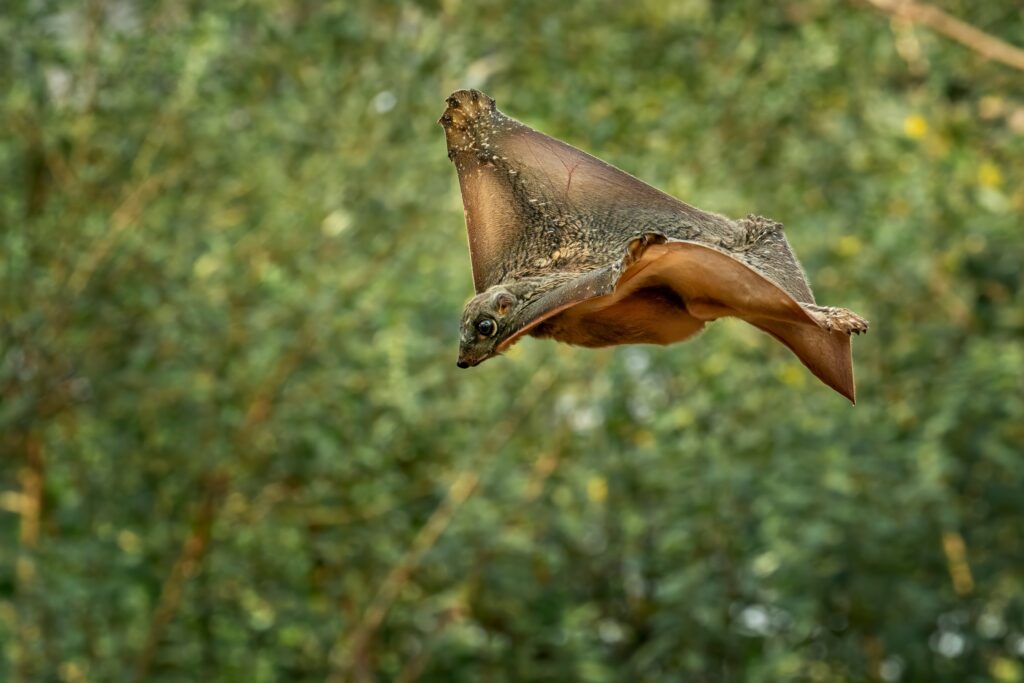
The Sunda colugo, sometimes called the “flying lemur,” is neither a lemur nor a bat, but a gliding mammal found in Southeast Asia. Its entire body, from neck to tail and even between its fingers and toes, is wrapped in a thin membrane that works like a built-in wingsuit. With this adaptation, it can glide for over 300 feet between trees without losing much height, making it one of the most skilled gliders in the animal kingdom. By day, colugos cling silently to tree trunks, blending in so well that they are hard to spot. At night, they emerge to feed on leaves, fruit, and flowers. Their ability to transform into living parachutes makes them look almost unreal, like a fantasy animal given life.
12. Venezuelan Poodle Moth
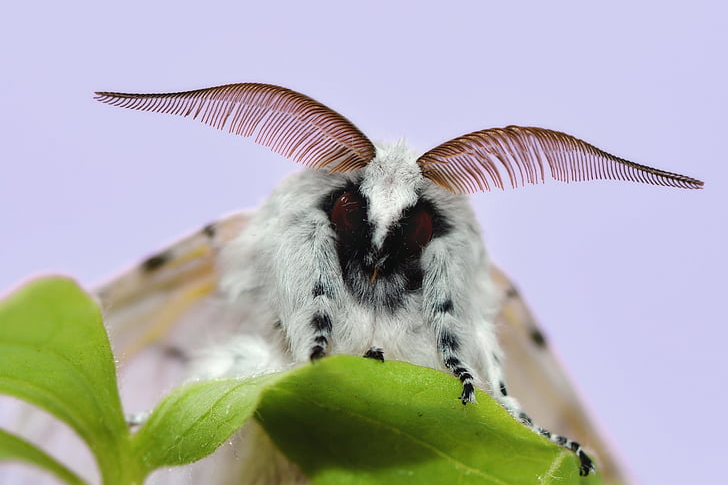
Discovered in Venezuela in 2009, the Venezuelan poodle moth quickly became an internet mystery thanks to its fluffy, otherworldly appearance. Covered in white, woolly hairs with oversized eyes and unusual antennae, it looks like something out of a Tim Burton movie or a science fiction sketch. Despite its viral fame, very little is actually known about it, and scientists are still studying where exactly it fits in the moth family tree. What makes it especially fascinating is that it looks more like a plush toy than an insect, challenging people’s ideas of what a moth should be. Each photo of this rare creature sparks disbelief and fascination, proving that some of Earth’s strangest animals can appear as whimsical as works of art.
13. Glass Frog
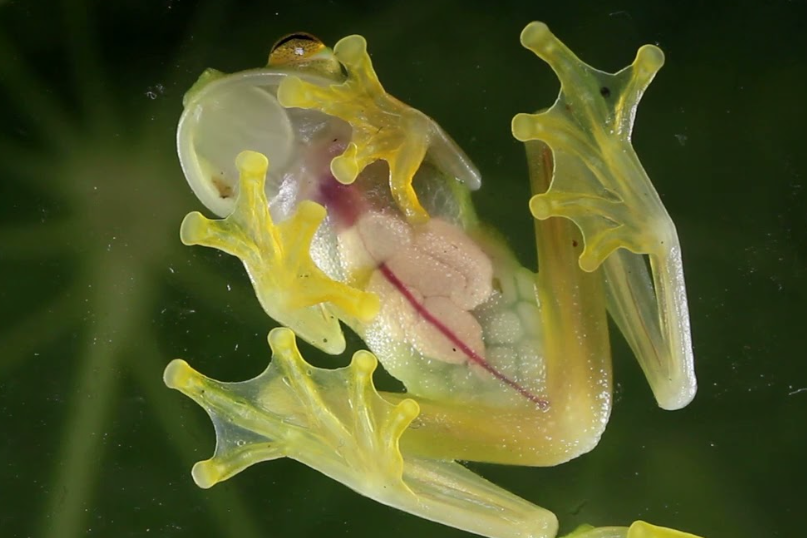
The glass frog might look like an ordinary tree frog at first glance, but flip it over and you’ll see why it’s so extraordinary. Its translucent belly reveals its beating heart, liver, and digestive system, making it seem almost like a living biology lesson. Found in the rainforests of Central and South America, this tiny amphibian spends much of its time high in the trees near streams, where its green skin helps it blend with leaves. When light shines through, its see-through underside makes it nearly invisible to predators. The surreal ability to literally see inside its body makes the glass frog one of the most astonishing and unforgettable creatures in the natural world.
This story 13 Real Animals That Would Break the Internet, If People Knew They Existed was first published on Daily FETCH


